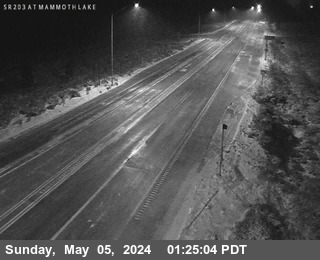Brought to you by Howard Sheckter
Upper High remains anchored over the Desert Southwest and will hold off the Eastern Pacific Trof at least through Tuesday….Above normal Temps following suite….El Nino Strengthening again….
Friday September 25, 2015
High temperature records will fall today over the Owens Valley with a high forecasted of 96 for Bishop breaking the previous record of 95 set back in 2010. An upper high is located over the Colorado River today along the CA/AZ border with very warm temps resulting. This upper high is likely to meander over the Desert SW until about the 1st of October when it is forecasted to shift to Texas. At that time, there is a chance that at least a weak long wave trof will set up over the eastern pacific by next weekend for some cooler weather. For the time being…any storminess from the Gulf of AK will take a back seat and give way to the possibility for moisture moving north from out of the tropics into CA in October…. Daytime highs in Mammoth will continue in the 70s, through at least Monday, with lows in the 40s. Expect light zephyr breezes… These will strengthen a bit by Mid Week.
El Nino:
I will have a more formal update in the Nino 4 update for the Platinum Powder subscriber’s in early October.
Here is a short update;
Sea surface temperatures in the tropical Eastern Pacific have risen further this past week to 2.3C in the Niño 3.4 region. These SSTA indicators are showing levels not seen since the 1997–98 El Niño. The 30-day SOI to 25 September is -16.57 and the 90-day SOI is -16.71. The snap shot for todays contribution to the SOI is hefty -30.96. So the gradient between Darwin and Tahiti is growing stronger again! The more negative the SOI is, the greater the likely hood of westerly wind bursts along with even weaker trades in this region. Currently there is another strong Kelvin Wave “that is” in the process of recharging the subsurface Nino Reservoir. Watch and track the Climate Forecast system, CFS v2 at http://origin.cpc.ncep.noaa.gov/products/people/wwang/cfsv2fcst
Look at the Nino SSTAs Monthly, and track the E-3, 3.4 region. It is currently 2.4C. Odds are good, that there will be a boost in this induce up to and possibly beyond 2.5C in the coming weeks because of the KV recharge. Additionally, click on the following link that shows the development of the Kelvin Wave. Compare the latest frame with the previous. You can see a weakening of the previous frame with the warmest body of water splitting…then combining again as the new surge of warmth from the KV brings another shot of warmth to the Static KV. SEE: http://www.cpc.ncep.noaa.gov/products/analysis_monitoring/enso_update/wkxzteq.shtml (this may require a good color monitor to see the difference in the isotherms)
Indian Ocean SSTs are continuing to have a strong influence on Australian climate. Above-average SSTs exist for nearly all of the Indian Ocean, with sea surface temperatures in the southern Indian Ocean the highest on record for winter. Recent developments across the tropical Indian Ocean show a positive Indian Ocean Dipole (IOD) pattern. The IOD index is currently at +1.1°C which is the highest weekly value since the very strong positive IOD event of 2006. Four of the five international models surveyed indicate a positive IOD is likely for the next two to three months. The IOD pattern usually dissipates as the monsoon moves south in late November or early December.
Dr Howard and the Dweebs………………………………………….:-)




